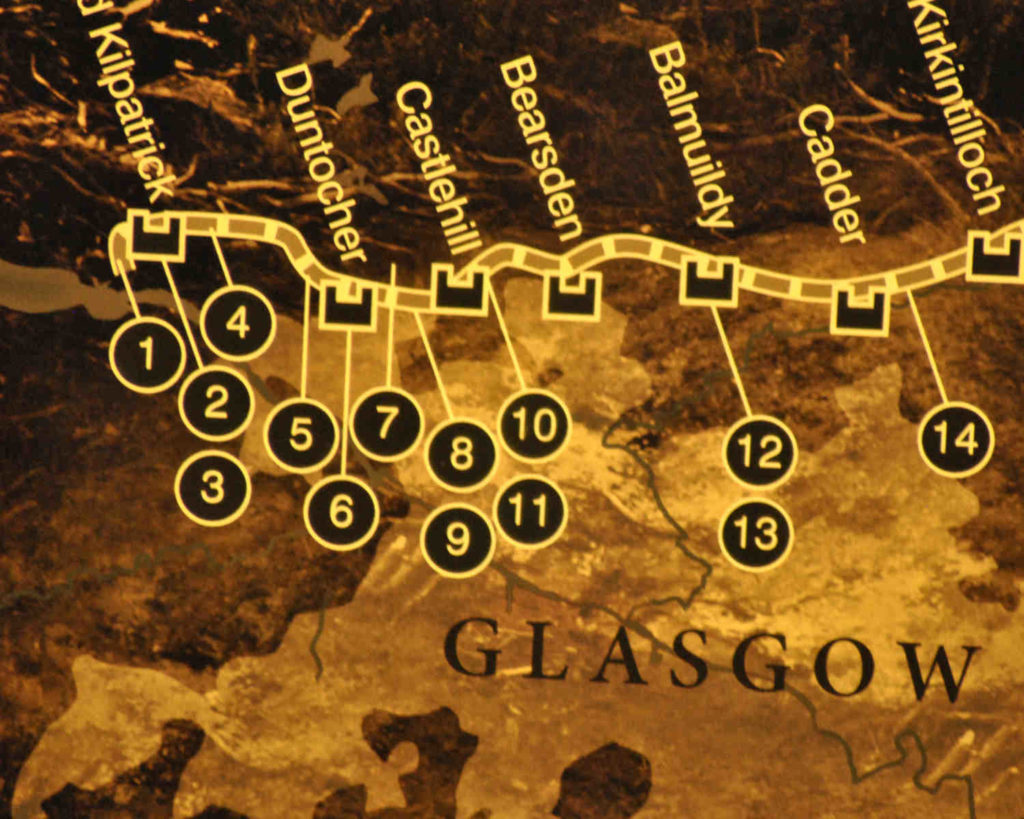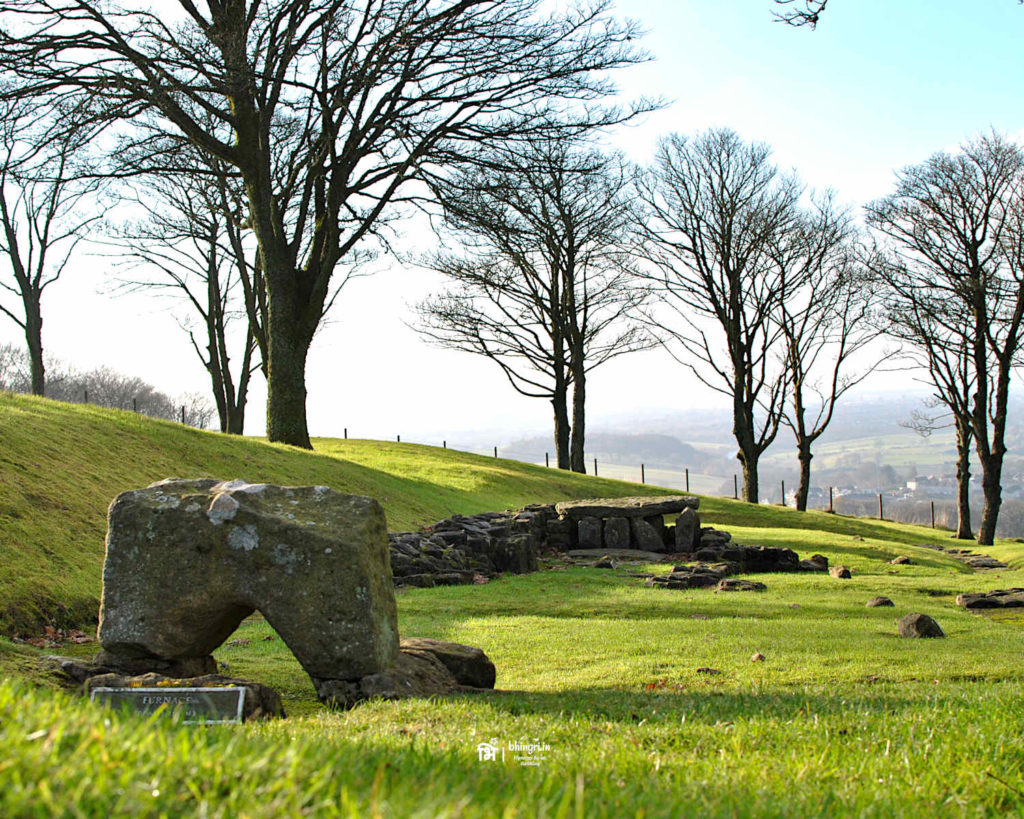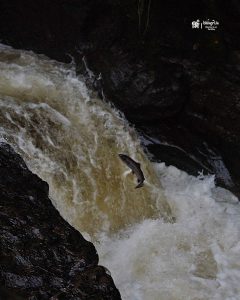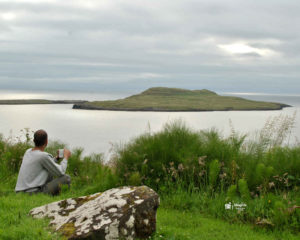Have you heard of the Antonine wall or more famous Hadrian’s wall? Since, the final season of Game of Thrones has just begun, I thought this is a good occasion to write about this interesting relic of the past. Are you a Game of Thrones fan? Then you probably know that the popular TV series has some amusing references with the English-Scottish dynamics. Beyond the obvious power politics many references and names seem to have inspired from some of the incredible historical facts. e.g. The Wall, the colossal fortification in The North where the Nightwatch is posted has uncanny resemblance with an actual historical wall that once existed in what we today call Scotland. Sounds interesting eh ? Read on.

Western Borders of the Romans Empire
When the Roman empire was perhaps in its Golden Age, its borders expanded beyond mainland Europe. To the west Romans conquered what we now know as England and built a wall to mark their border. This first wall is called the Hadrian’s wall and a Roman general built it early in 2nd century. The celtic tribes dispersed to the north of it and the Romans initially neglected this territory. However, Romans did attempt to capture these northern areas and had to face fearless resistance from the celts.
The Romans managed to capture the lowlands and push their border further. The General of the Roman legions sent to fight on this frontier decided to build another wall to protect the newly acquired territory. This wall, the Antonine Wall truly is a beautiful relic of the last Roman frontier. The Antonine wall that separated the highlands from the lowlands had a series of fortlets built at regular distances. The wall extended from the Firth of Clyde in the west to the Firth of Forth to the east and measured whooping 63 km in length!


Technology of Late Iron Age

Interestingly, the legions guarding these tiny forts would pass on messages to neighbouring forts by lighting huge fires. It’s amusing how similar human evolution is even in fairly unconnected world across the globe. I remember reading about similar techniques used during Shivaji’s era of Maratha empire and this was up until 17th century. No wonder creation of “Electricity” has been an important milestone in the human history.
Another amusing fact was the usage of glass. Although glassmaking was not new by the time Iron Age started, the techniques used were very crude and limited in scope. The revolution in glassmaking started towards the end of Iron Age when the glassmakers invented blowpipes. This is about the same time when Roman empire was expanding its borders ferociously. The glass too reached the Roman frontiers. Shards of glass found at various locations along the Antonine wall are an important evidence.


Bar Hill fortlet on the Antonine Wall
Although the original form of the wall doesn’t exist any more, we can clearly see the foundation and the ditch dug at its base all along its length. The fortifications, although small in size, have ample ruins and thankfully the Scottish institutions take good care to preserve these. This is also because of the fact that along with the Hadrian’s wall near England-Scotland border, Antonine wall is a World Heritage Site! Since sections of the Antonine wall are very close to Glasgow I had a chance to visit.

Roman bath house
One of the forts I visited was on a hillock called Bar Hill. Bar Hill fort has a very interesting ruin of a bathhouse among few other. The Roman bath houses have distinct cultural significance. The ruins of bath house have a series of rooms. They begin with the latrines and wash room and continue to dry bathrooms and sauna. Obviously they would need a lot of steam production. Guess what they had? A furnace! A rudimentary at that but the a stone clearly shows the fire hole of the furnace at the end of a small trench of fire pit. It’s pretty amazing.


The ditch
Another amazing feature of this historic site is the ditch the Romans dug at the base of the wall. Although, the wall is barely recognisable today, the ditch is remarkably intact. I was lucky enough to be there at the right time when the sun came out from the evening clouds and lit the channel perfectly down the slope of the hill. I shuddered in amazement imagining the Roman legions marching along the wall, protecting their border.

Huntarian museum
An interesting place to visit is the Huntarian Museum in the campus of University of Glasgow that has a section dedicated to the Antonine wall. You can see amazing artefacts found near the wall in excavations including some coins, weapons and footware. If you are visiting Glasgow, this is definitely a point of interest. Make a note 😉






[…] The Falkirk wheel also happens to be very close to the location of the Iron Age Antonine Wall I wrote about in April. Have you read it yet? Antonine Wall: The Last Roman Frontier […]